WASHINGTON, D.C. — Following the collapse of a major D.C. sewer line, WSSC Water is preparing for the possibility of releasing untreated sewage into Beaverdam Creek — a drastic step aimed at protecting Northeast D.C. neighborhoods from a potential flood of wastewater.
The emergency measure could be triggered as early as Sunday night at the Anacostia Wastewater Pumping Station in Capitol Heights, officials said.
Sewer Collapse Sparks Urgent Action
The issue stems from the July 20 collapse of the 108-inch Anacostia Sewer Force Main near the Kenilworth Aquatic Gardens, a critical pipeline responsible for moving massive amounts of wastewater toward treatment at Blue Plains.
The damaged pipe has left the system straining under pressure, especially with rain in the forecast. If wastewater flow exceeds available storage and containment capacity, WSSC may be forced to divert raw sewage into Beaverdam Creek — a waterway that eventually feeds into the Anacostia River.
Daily Flow at Risk
The pumping station currently manages 60 to 65 million gallons of wastewater daily, serving over 100,000 homes and businesses in Montgomery and Prince George’s counties. Under normal conditions, that wastewater flows safely to treatment — but the damaged pipe has disrupted that system.
WSSC says it will use its entire 7 million gallons of on-site storage before considering an overflow. The goal is to prevent sewage from backing up into homes and streets while also protecting the temporary retaining walls D.C. Water has installed near the collapse site.
Public Health Measures
If an overflow occurs, warning signs will be posted along Beaverdam Creek and the Anacostia River, advising the public to avoid contact with the water for up to 30 days.
Importantly, drinking water will not be affected, as the Potomac River — not the Anacostia — supplies tap water for both Maryland and D.C.
Coordinated Response
WSSC is working closely with environmental and public health agencies across both jurisdictions to monitor the situation. Should an overflow begin, the agency will issue real-time updates detailing the start time, volume, and duration of the discharge.
For now, the region remains on edge, watching the skies and hoping the system can hold. But with more rain expected, officials warn that emergency action may soon become unavoidable.



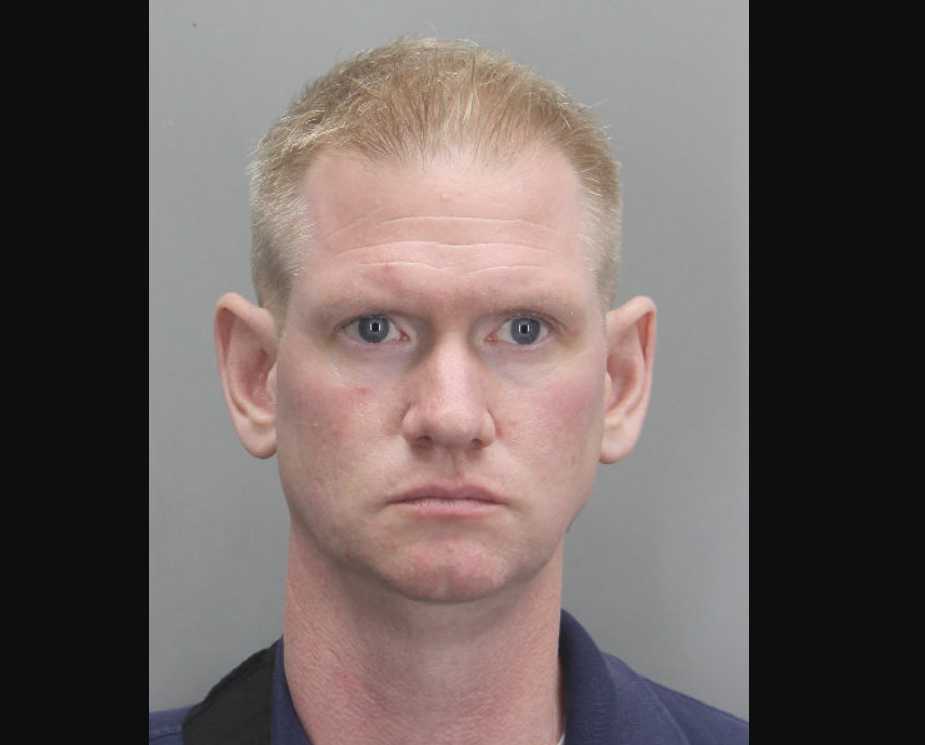

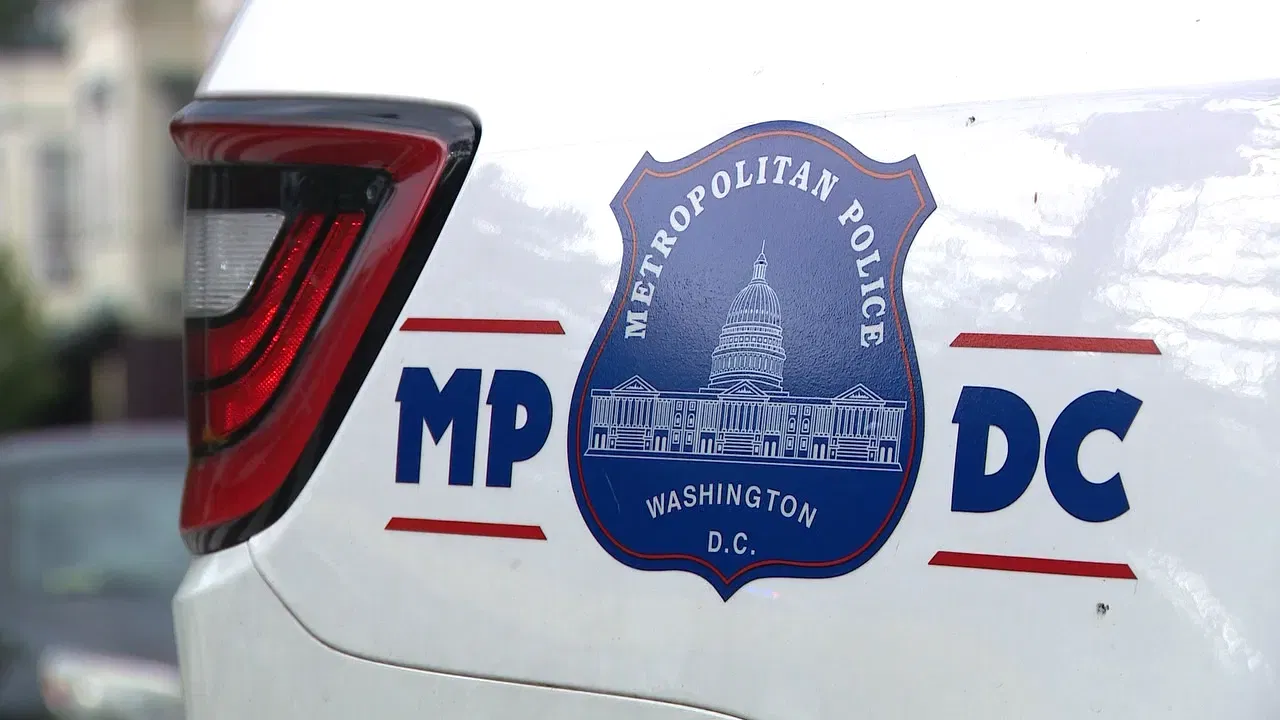
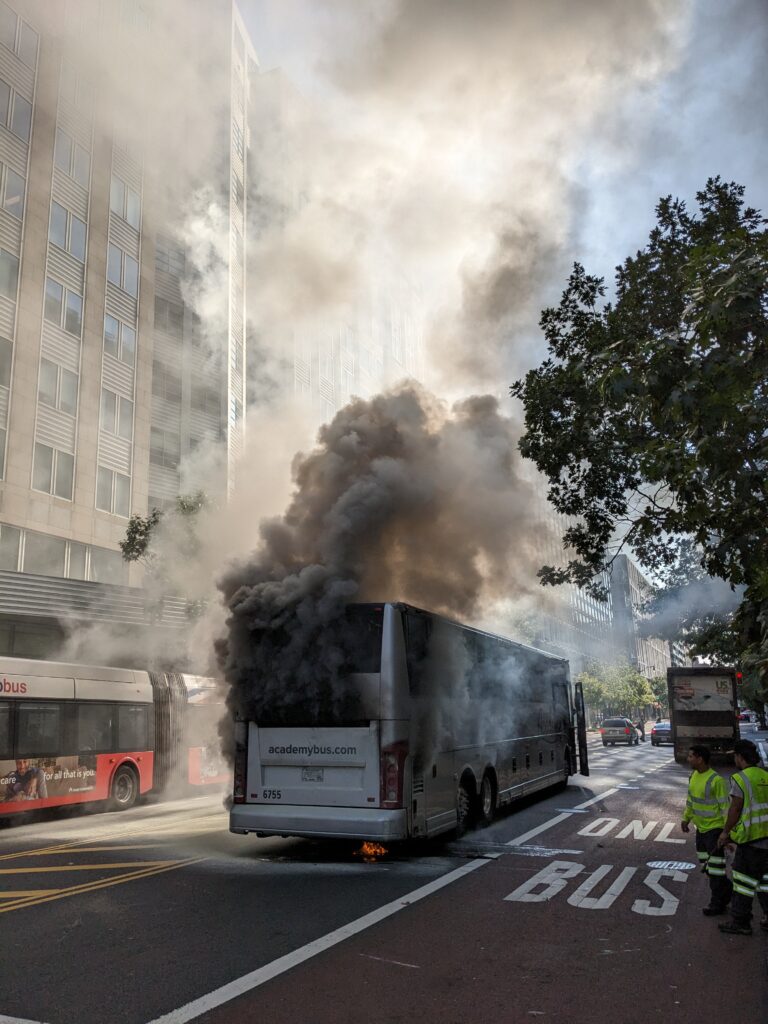
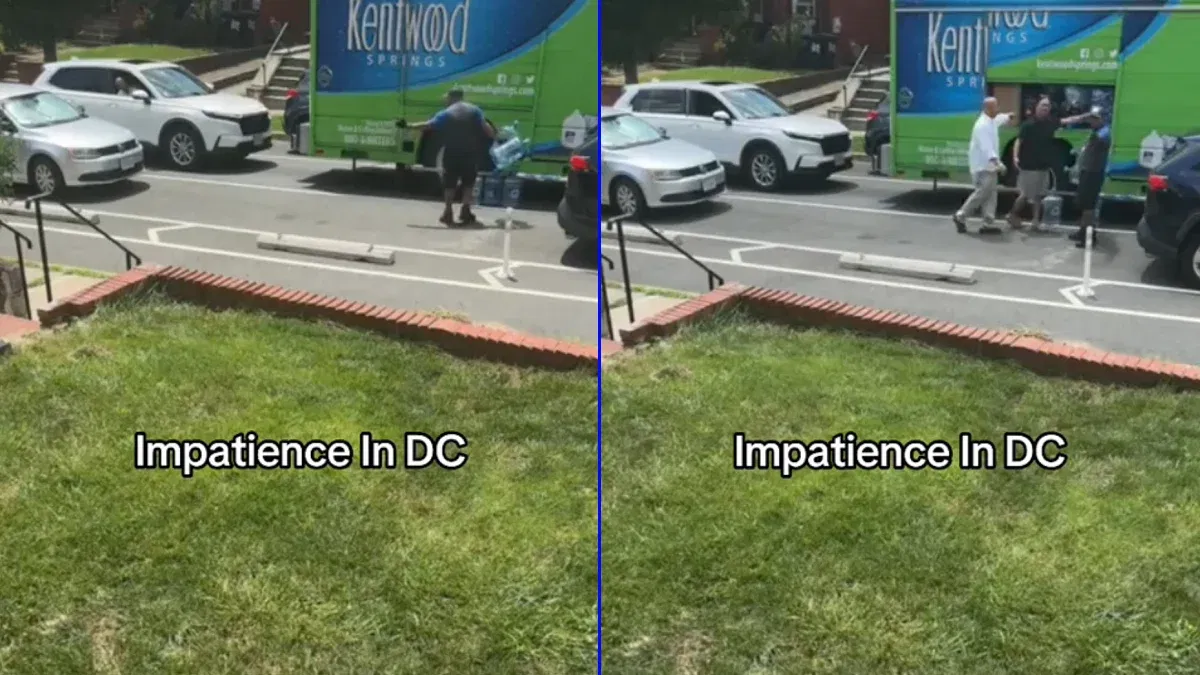
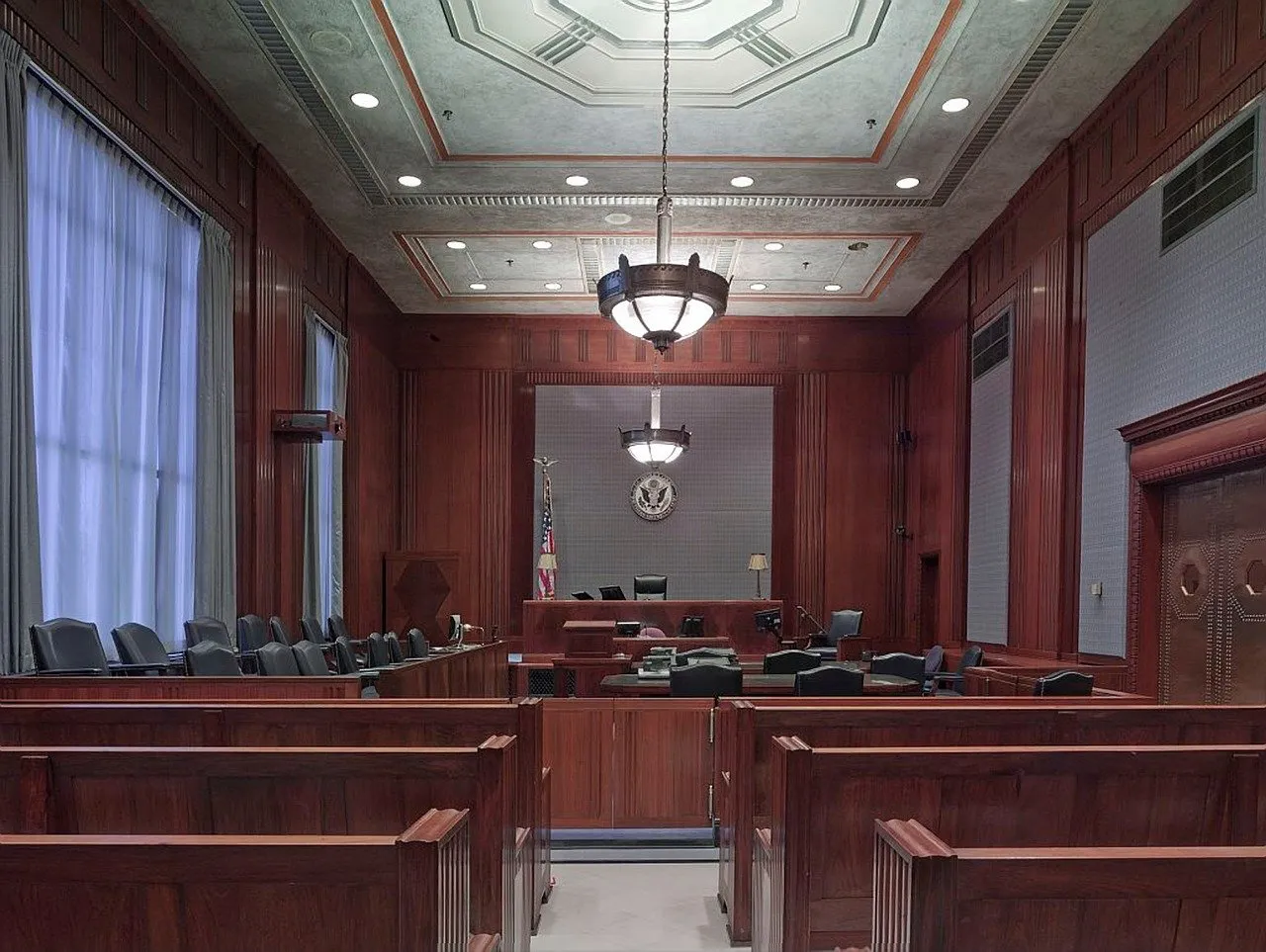
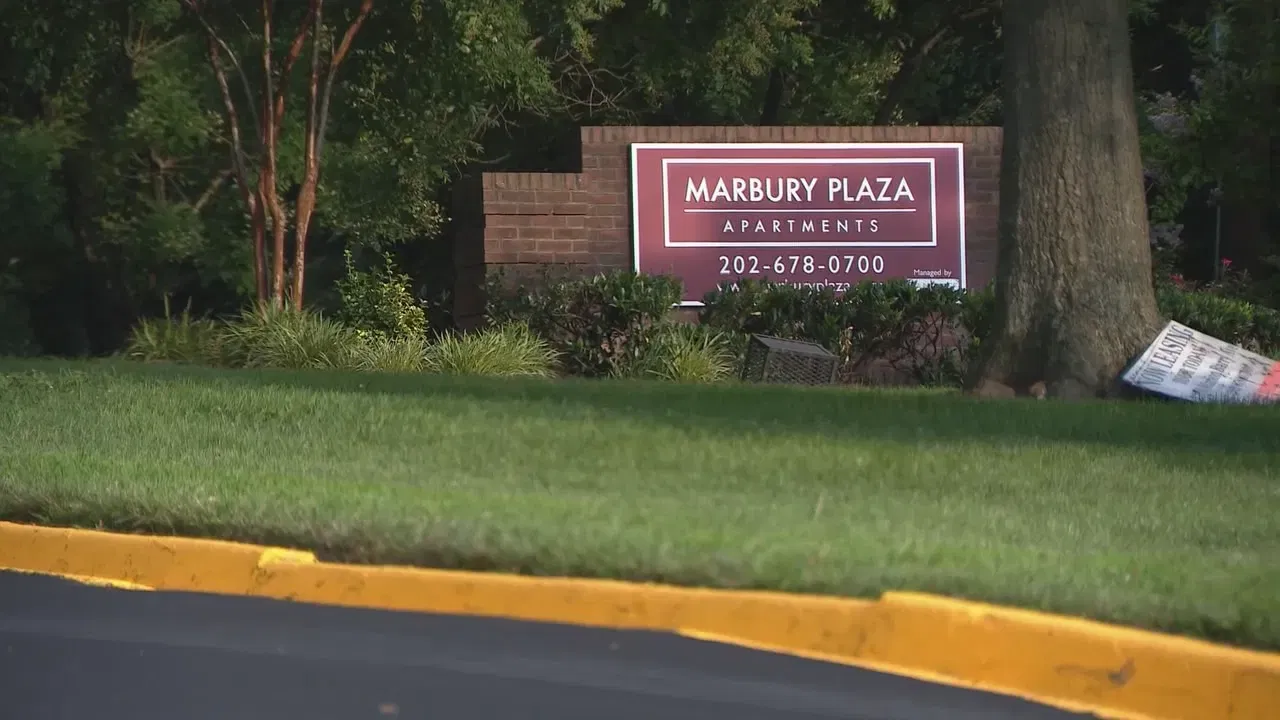







Leave a Reply